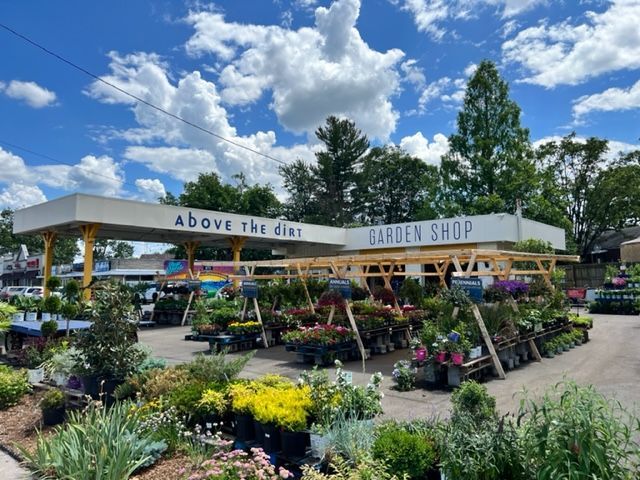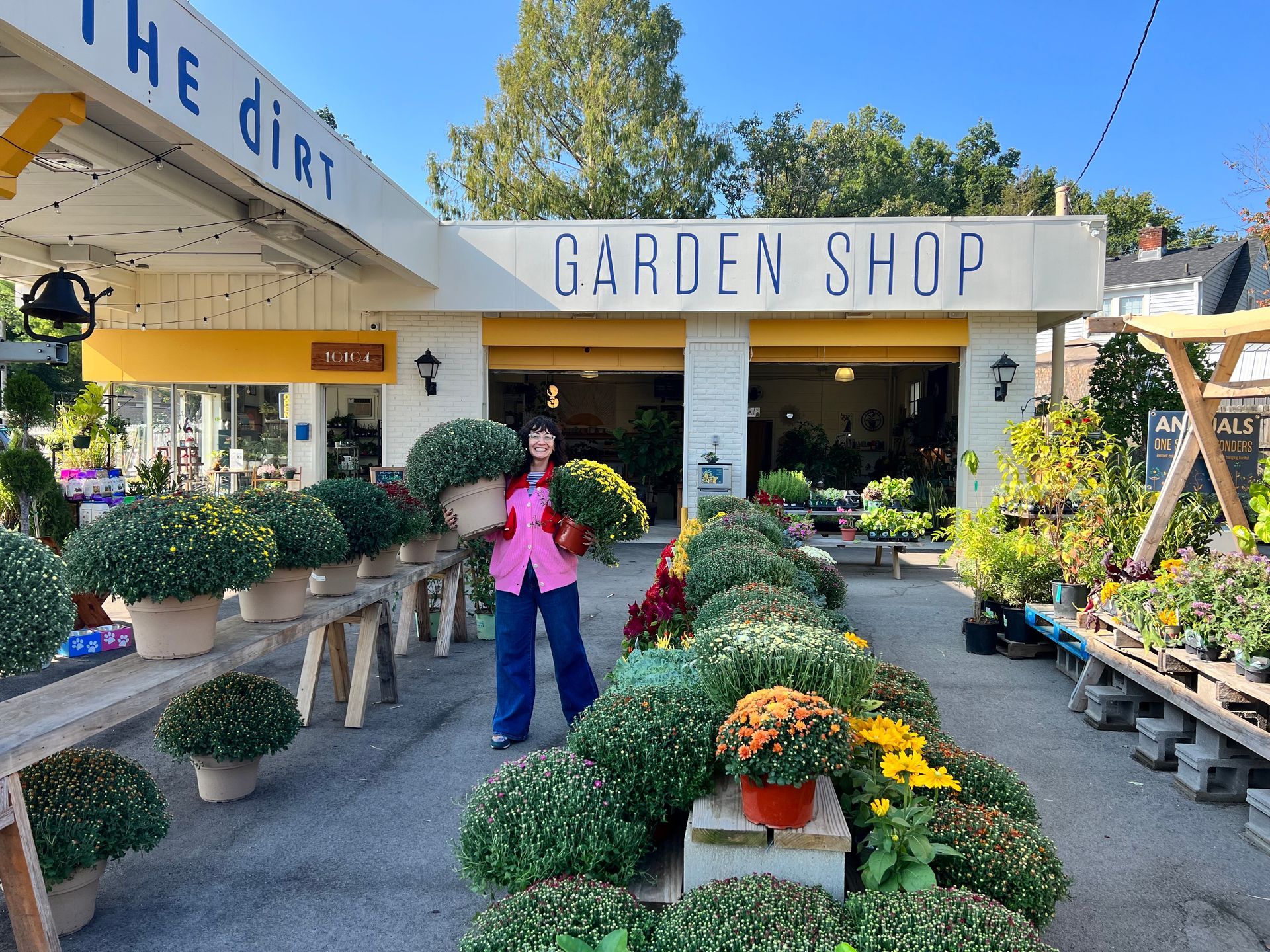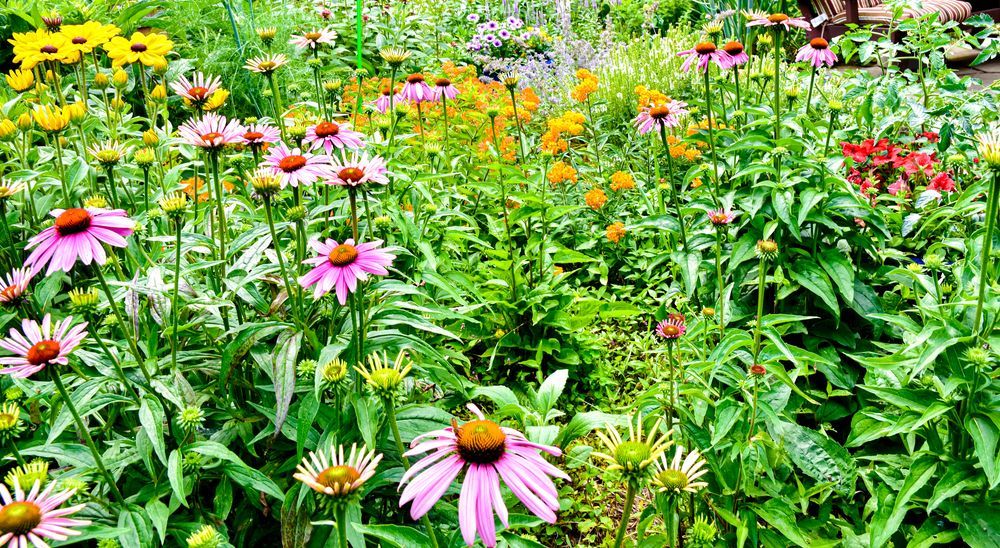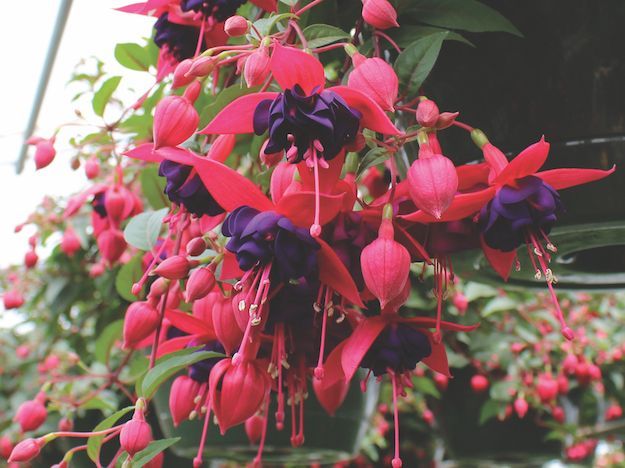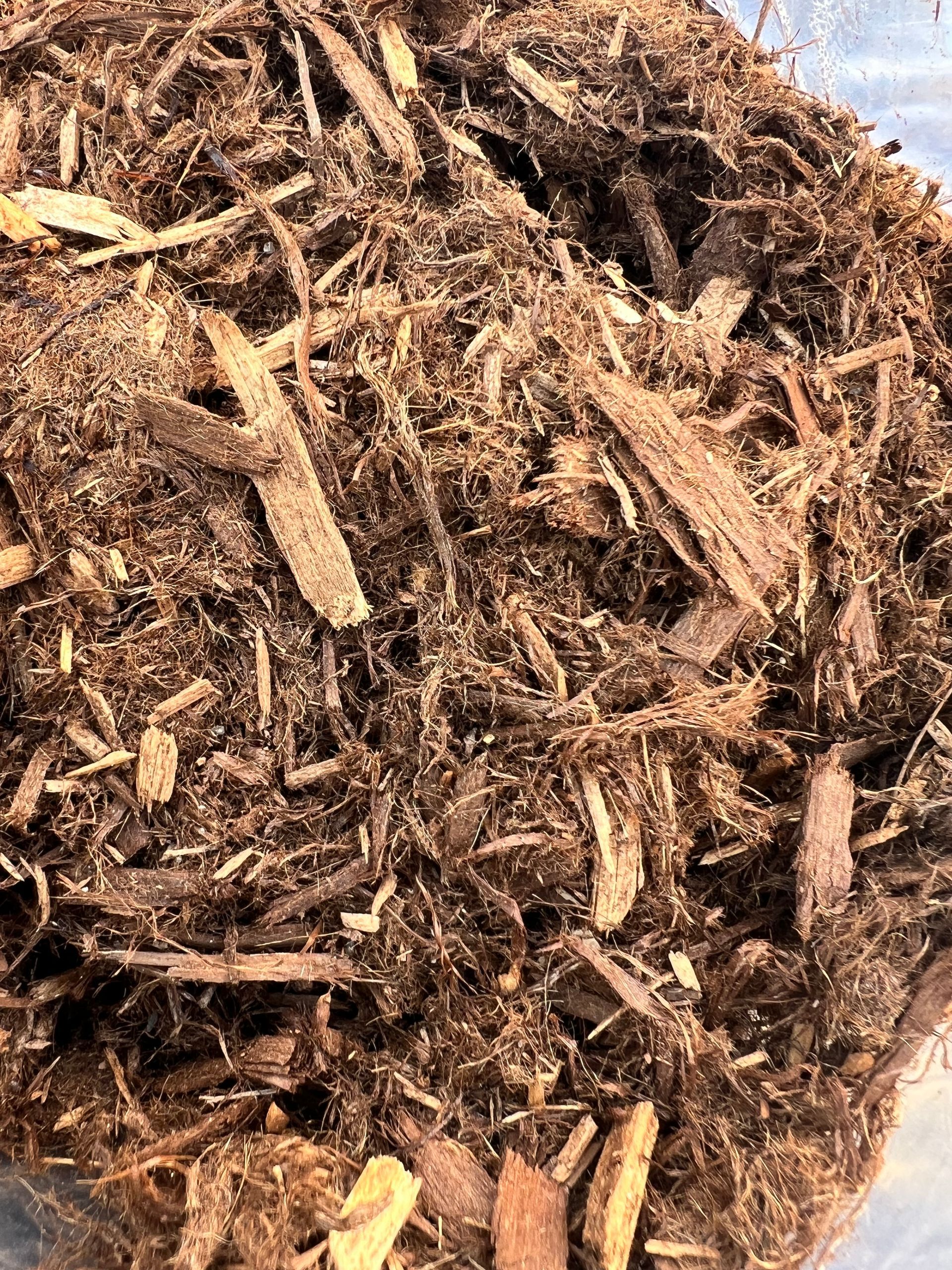Bonsai
ARE YOU READY FOR A BONSAI TREE!?!

We are loving our new Bonsai Trees at Above the Dirt! New varieties have just arrived - come and see.
Having a bonsai tree can be a delightful and rewarding experience for several reasons:
- Aesthetic Appeal: Bonsai trees are miniature versions of full-sized trees, meticulously shaped and pruned to resemble their larger counterparts. Their unique beauty and intricate designs make them visually captivating and aesthetically pleasing. The art of bonsai involves creating a living sculpture, and the joy of observing and caring for such a beautiful creation can bring immense satisfaction.
- Sense of Accomplishment: Growing and maintaining a bonsai tree requires patience, attention to detail, and skill. As you learn and apply the techniques of shaping, pruning, and styling the tree, you experience a sense of accomplishment. Watching your bonsai thrive under your care can be incredibly fulfilling and rewarding.
- Connection with Nature: Bonsai trees provide a miniature natural landscape right within your living space. They allow you to connect with nature in a unique way, even if you live in a bustling city or lack access to a garden. Taking care of a bonsai tree can bring a sense of tranquility and harmony, as you immerse yourself in the beauty and serenity of the miniature ecosystem.
- Therapeutic Benefits: Engaging with bonsai trees can be therapeutic and promote relaxation. The process of tending to a bonsai, such as watering, pruning, and repotting, requires focus and concentration. These activities can serve as a form of mindfulness, helping to reduce stress, improve mental well-being, and provide a meditative experience.
- Learning Opportunity: Bonsai cultivation is a continuous learning journey. It offers a chance to delve into the principles of horticulture, botany, and design aesthetics. Exploring different tree species, studying their growth patterns, and acquiring knowledge about the art of bonsai can be intellectually stimulating and educational.
- Sense of Time and Longevity: Bonsai trees are known for their longevity and ability to outlive generations. By caring for a bonsai, you become part of a tradition that spans many years or even centuries. This sense of time and connection to a living piece of history can be profound and add a unique dimension to your appreciation of the tree.
Overall, the joy of having a bonsai tree stems from the combination of its aesthetic appeal, the sense of accomplishment in its care, the connection to nature, the therapeutic benefits, the opportunity for learning, and the sense of time and longevity associated with these living artworks.
Bonsai Class at Above the Dirt Garden Shop
Here are some easy tips for taking care of a bonsai tree:
- Watering: Bonsai trees require regular watering, but the frequency may vary depending on the species and the environment. Check the moisture level of the soil by inserting a finger about an inch deep. If it feels dry, water the tree thoroughly until the water drains out from the drainage holes. Avoid overwatering or allowing the tree to sit in standing water.
- Light and Placement: Most bonsai trees prefer bright, indirect light. Find a suitable location for your tree where it can receive adequate sunlight, such as near a window or in a well-lit area. Rotate the tree periodically to ensure even growth and prevent it from leaning towards the light source.
- Pruning and Trimming: Regular pruning and trimming are essential for maintaining the shape and size of your bonsai tree. Use bonsai-specific pruning tools to carefully trim excess growth, remove dead or damaged branches, and maintain the desired form. Prune during the tree's dormant period or when new growth appears.
- Fertilization: Bonsai trees benefit from regular fertilization to provide essential nutrients for healthy growth. Use a balanced, slow-release organic fertilizer or a bonsai-specific fertilizer, following the instructions on the product. Apply the fertilizer during the growing season, typically from spring to fall, and reduce or stop fertilization during the dormant period.
- Repotting: Bonsai trees require periodic repotting to replenish the soil, prevent root bound conditions, and encourage healthy root growth. Repotting is typically done every 2-5 years, depending on the tree's growth rate. Choose a well-draining bonsai soil mix and carefully remove the tree from its pot. Trim the roots and repot it into a slightly larger container, ensuring proper drainage.
- Protection from Extreme Conditions: Protect your bonsai tree from extreme weather conditions. During winter, place it in a protected area or provide insulation to shield it from freezing temperatures. Similarly, protect the tree from excessive heat or direct sunlight during the summer months.
- Observation and Careful Monitoring: Regularly observe your bonsai tree for any signs of pests, diseases, or stress. Look for yellowing leaves, wilting, discoloration, or abnormal growth patterns. Catching and addressing issues early can help maintain the health and vitality of your tree.
Remember, each bonsai species may have specific care requirements, so it's essential to research and understand the needs of your particular tree. Additionally, seeking guidance from experienced bonsai enthusiasts or joining a local bonsai club can provide valuable insights and support in caring for your bonsai tree.
LASTLY - what is the easiest bonsai tree if you are a beginner? Well - a lot of different people will have a lot of different answers here. We recommend a Jade Bonsai. They look so cool, and aren't near as thirsty as some other Bonsai options. You can water your Jade Bonsai every 3-5 days. Come on is to the garden shop and we will help you pick one out!


